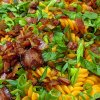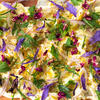
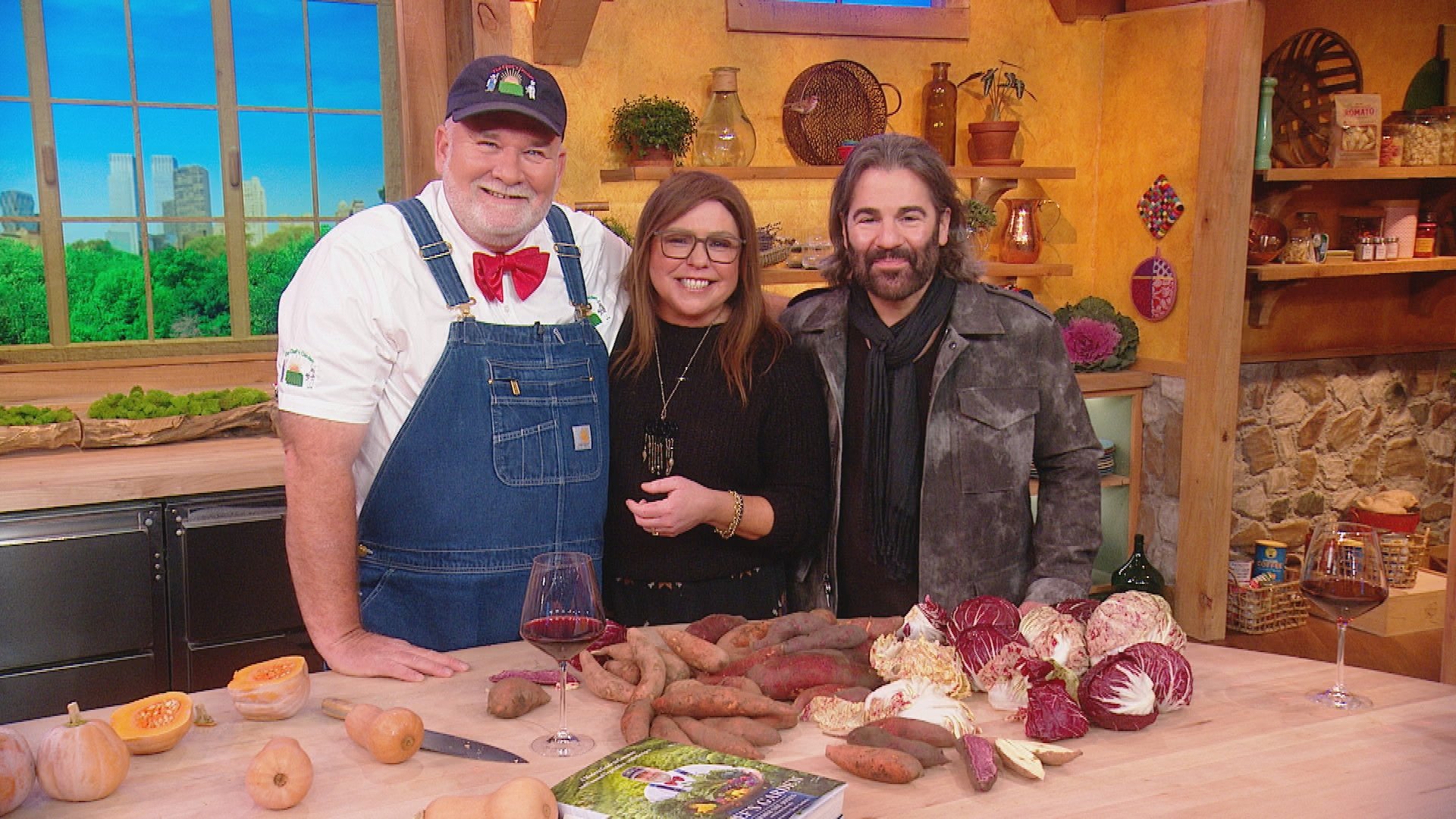
6 Delicious Fall Veggies to Eat Now—Shopping, Prep + Cooking Tips

Q&A with Organizational Pro Peter Walsh + Dermatologist Shares A…

Actor Hank Azaria + Freezer Meals + Artichokes 2 Ways with Rach

See Inside Barbara Corcoran's Stunning NY Apartment + It's Steak…
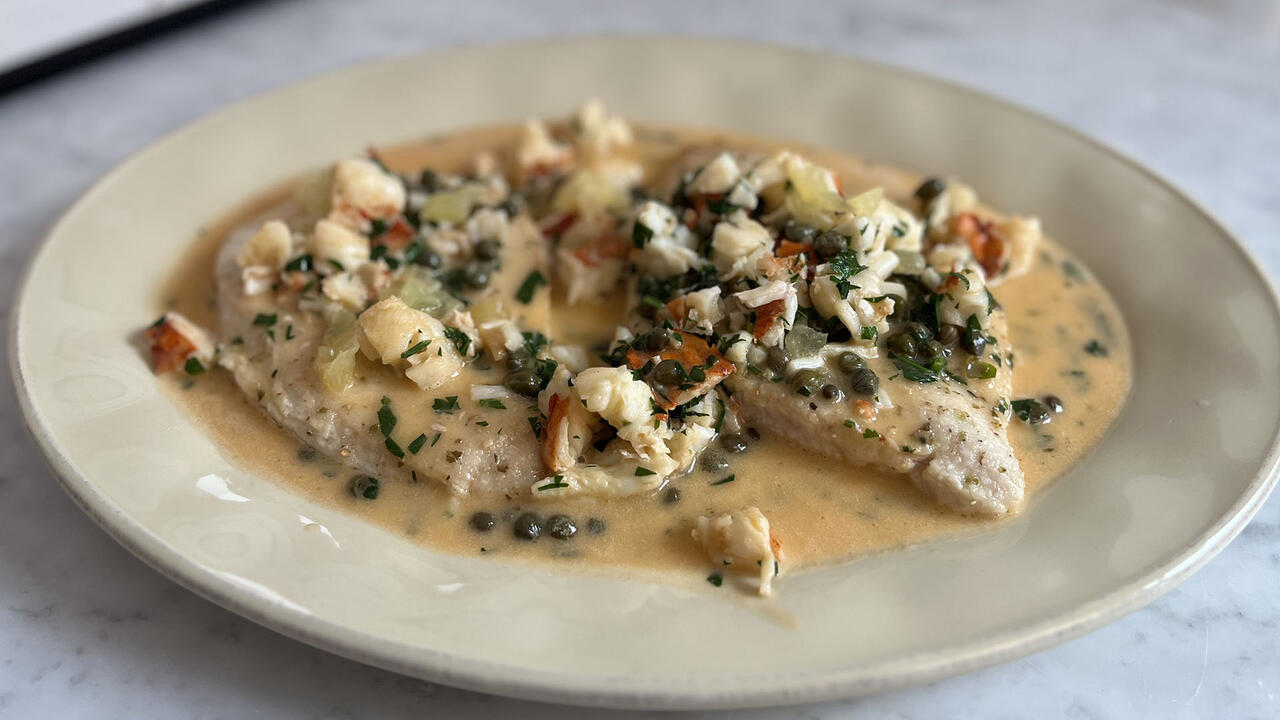
How to Make Chicken and Lobster Piccata | Richard Blais

Donnie Wahlberg Spills Details About NKOTB's First Ever Conventi…

Donnie Wahlberg + Jenny McCarthy Say Rach Is Such a "Joy" + Look…

The Best Moments From 17 Seasons of the Show Will Make You Laugh…

How to Make Crabby Carbonara | Rachael Ray

Rach Chats "Firsts" In Flashback From Our First Episode Ever In …
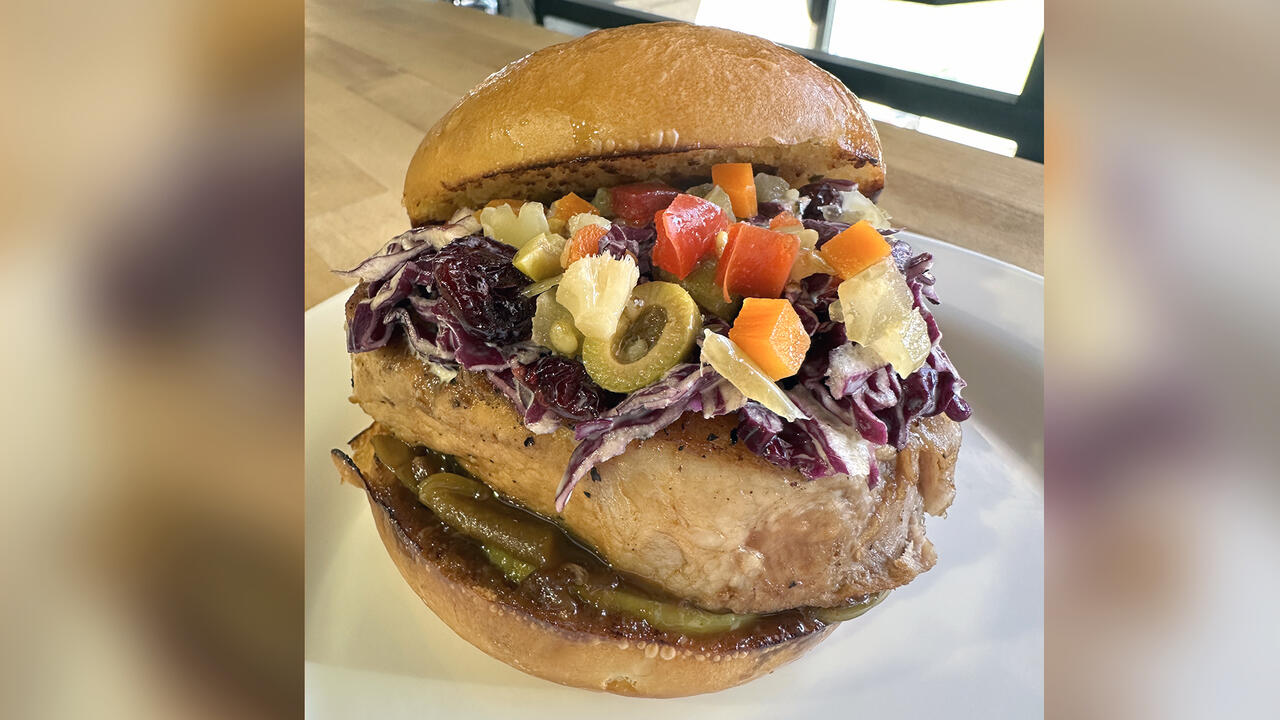
How to Make Apple-Cider Braised Pork Chop Sandwiches with Onion …

Rach's Chef Pals Say Goodbye to Show in Surprise Video Message
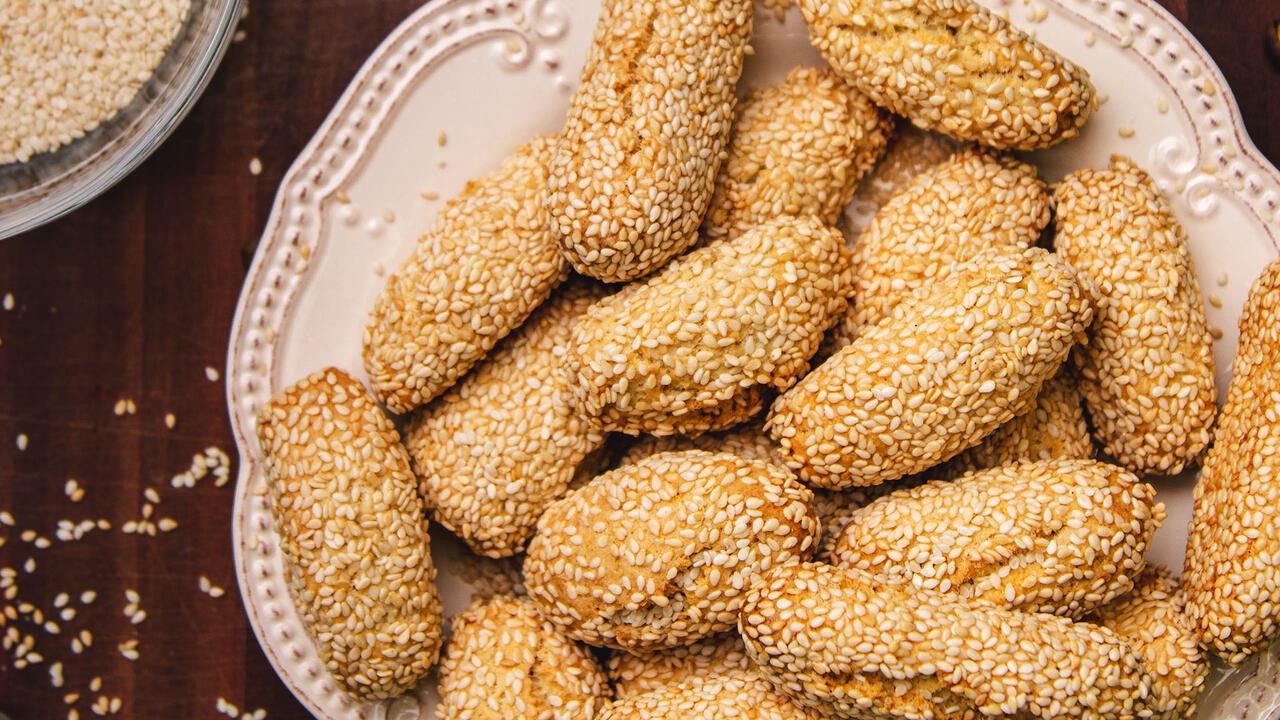
How to Make Sesame Cookies | Buddy Valastro
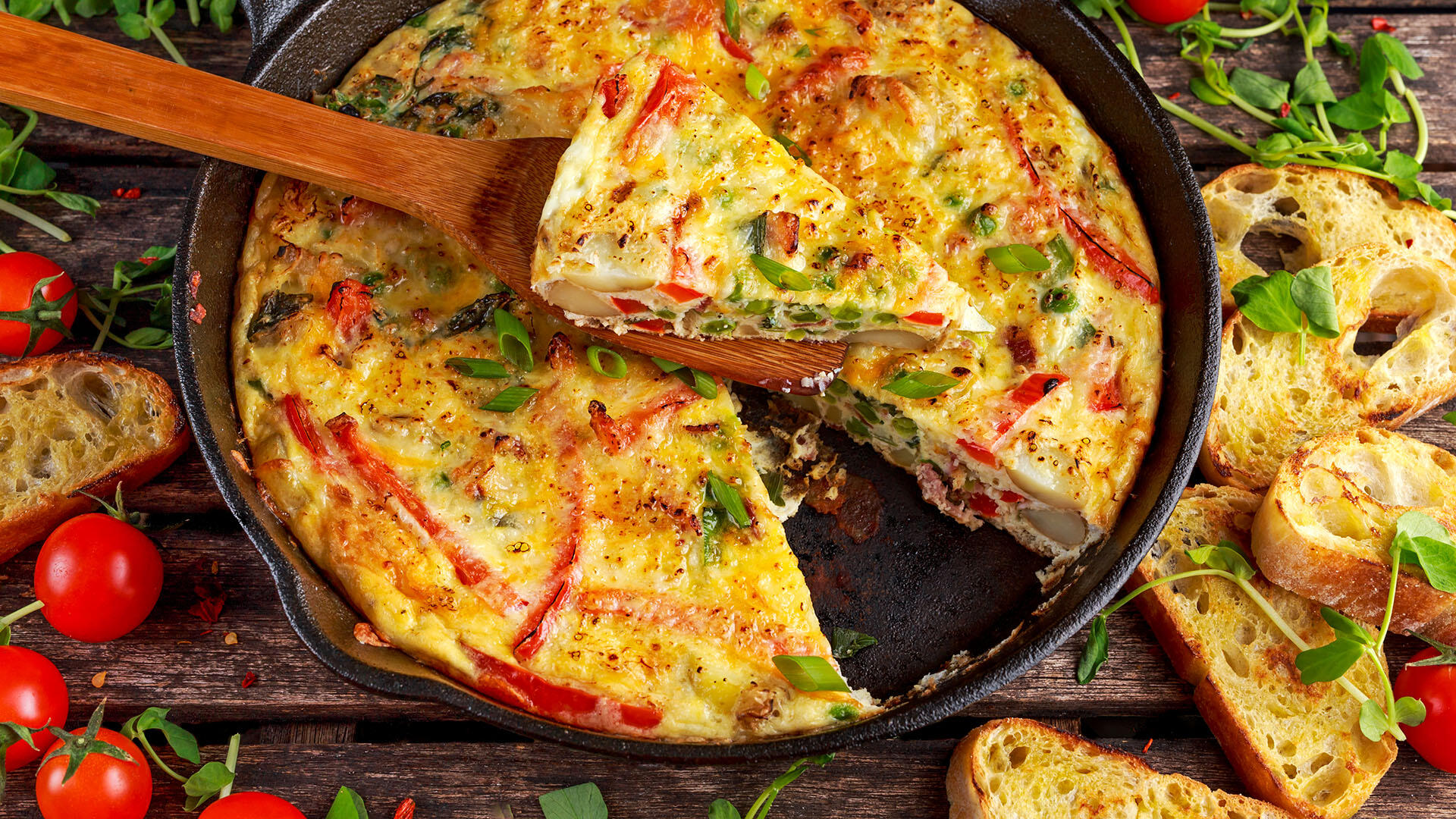
How to Make Tortilla with Potatoes, Piquillo Peppers and Mancheg…
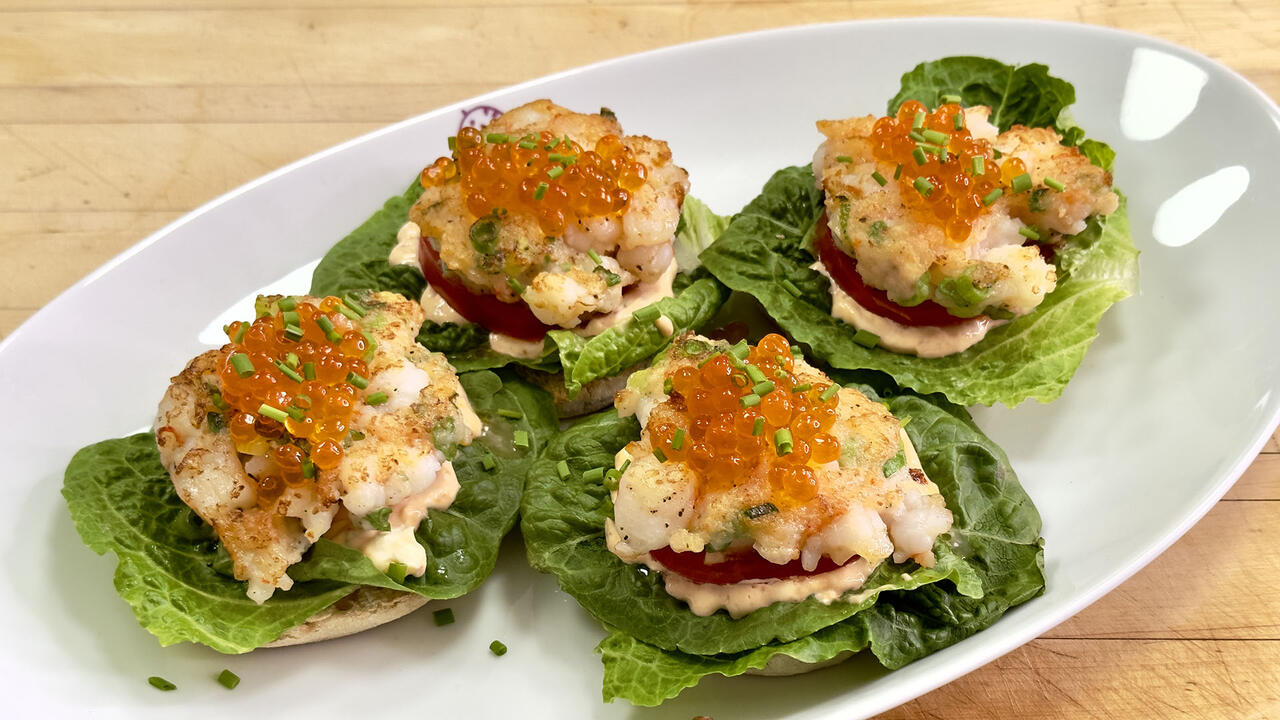
How to Make Shrimp Burgers | Jacques Pepin

How to Make Spanakopipasta | Rachael Ray

Andrew McCarthy Chokes Up Discussing Emotional Trip to Spain wit…

Celebrity Guests Send Farewell Messages After 17 Seasons of the …

Celebrity Guests Send Farewell Messages After 17 Seasons of the …

Andrew McCarthy Teases Upcoming "Brat Pack" Reunion Special

Michelle Obama Toasts Rach's 17 Years on the Air With a Heartfel…
Each product has been independently selected by our editorial team. We may receive commissions from some links to products on this page. Promotions are subject to availability and retailer terms.
It's officially fall! And with fall comes—what else?—fall veggies in our kitchens.
And that's exactly why we brought Lake Erie's favorite bow-tie-wearing farmer, Farmer Lee Jones, on the show to spill on the season's best produce.
But before we get there, we're going to back up for one very important message from Lee: "The big thing is…if we can learn ways to work [vegetables] into our diets raw. We have found through research that over 50 percent of the nutritious value [of produce] is lost when we cook—and even worse when we overcook it."
Which is why he not only wanted to talk about the best veggies of the season, but also share the ones that he knows we'll love raw, too.
Read on for Farmer Lee's top picks!
1. Eggplant
When it comes to eggplant (which is truly one of Lee's favorite foods; he couldn't say enough about it!), he says it's all about the grill—or, if you have one, the fall fire pit! He says throw 'em on, blacken them up, then cut them down the center and add a little salt and butter on it, and *chef's kiss*! "You can eat it right out of the [skin]," he says. "They're fabulous!"
Farmer Lee also churns charred eggplant into a creamy, sesame-topped ice cream that can be served as a dessert or with savory dishes. Get the recipe here.
TRY: Rach's Grilled Eggplant and Mozzarella Sandwiches
2. Cabbage
"Do you hear that squeakiness?" Farmer Lee asks, ruffling a cabbage head back and forth. That squeak, he says, is a good reminder that vegetables are 90 percent water, and that when you hear the squeak, you've got a fresh one!
Lee, author of The Chef's Garden: A Modern Guide to Common and Unusual Vegetables, says put the cabbage—or some kale—raw into a salad, and you're guaranteed extra heartiness.
MORE: Rach's Ideas for Cooking with Cabbage
3. Squash
Lee says he likes to pick his squash small because "if we got them in the garden and we go away for the weekend, we come back and they're the size of a baseball bat!" Keep picking them off small, he says—before they become big, mature plants and die off—and they'll just keep producing more.
Plus, Farmer Lee also explains that smaller squashes are going to usually be more flavorful than larger ones. And when it comes to picking your squash, it's also just as important to make sure it feels rock hard. No soft spots or nicks here!
Farmer Lee mentions that choosing a squash with skin that's matte with a slight sheen is better than a shiny squash. The shiny skin can actually be an indicator that it's underripe.
The farmer says he likes to quarter or half his squash. "You can even use a mandolin and cut ribbons!" he enthuses. Then pop them raw on your salad or steam them, and voila! All kinds of veggie goodness.
(Rach says she personally loves them with mint and parsley and chilis with lime juice and EVOO—sounds pretty delicious to us, too!)
TRY: David Burtka's Raw Zucchini Salad
If you aren't going to cook it up right away, Farmer Lee breaks down exactly how to store these veggies so they'll last. "Whole fall squash will keep longest if stored around 50 degrees in a well-ventilated spot—sometimes up to six months," he says. How crazy is that! But, even on the kitchen counter or table, it’ll keep for at least several weeks, he says. Avoid refrigerating it unless it’s cut. Then, wrap it in plastic or store it in a resealable container for a few days.
4. Cucamelon
Are they a melon? Are they a cucumber? "They're in the same family!" says Farmer Lee. This is not genetic modification, he says, but a petite piece of produce that's being "reintroduced" to the world after being slightly abandoned. "It's great in a cocktail, it's great in a salad, it's great whole," he says, before popping one in his mouth! And Rach agrees: "They're like candy!"
(We think they'd complement John's Cucumber Margaritas pretty nicely!)
5. Sweet Potatoes
We always love a classic fall veggie—and the sweet potato is SO versatile. As far as what to look for when picking them out at the grocery store, Farmer Lee suggests looking for sweet potatoes that are firm, with no soft spots or bruising—and they should be as smooth as possible.
Definitely don't refrigerate them—sweet potatoes should be stored in a cool, dark, dry place or in a paper bag at a cool room temperature. Unfortunately, sweet potatoes won't last forever in your cupboard, so try to use them within 1 to 2 weeks.
Farmer Lee loves that there are so many things to do with sweet potatoes. "You can cook them whole by baking, roasting, or steaming and serve them plain or with minimal garnish," he says. "And they’re great in sweets! Mash them up to use in pies, scones, muffins, or even ice cream," he adds. What's not to love!
TRY: Slow Cooker Cheesy Sweet Potato Gratin
6. Radicchio
When picking out radicchio, if it forms a tight head, it should be firm, but if it’s a looser variety, be sure the leaves show no sign of wilting or sliminess.
To store it, loosely wrap whole heads in a plastic bag and refrigerate—they should last about five days. The firm heads can hold up for several weeks like cabbage.
Because of its bitterness, Farmer Lee says radicchio is often best in a mix of leaves if you’re using it in a salad. "As soon as the deep maroon varieties of radicchio see heat, their color turns a dull reddish brown, but their bitterness mellows so it can be worth it to cook it," he says.
Another one of Farmer Lee's favorite ways to cook radicchio is to cut it in quarters and then brush it with oil and grill it on the cut sides. "That’ll give you some caramelized sweetness on one side but retain the pretty color on the other," he adds.

